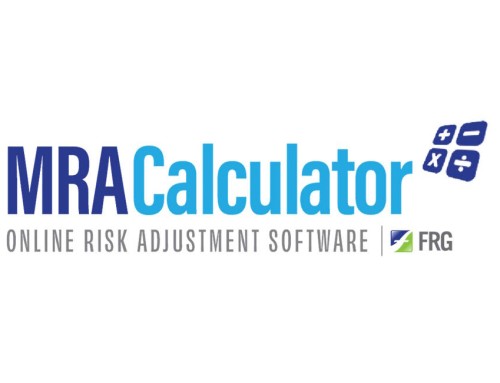In the context of Physician Incentive Plans, any health plan that has entered into a risk contract with a provider or provider group is required to ensure that either aggregate or per-patient stop-loss protection is in place and conforms with the deductible limits prescribed by CMS.
In practice, to meet this requirement, each year plans should survey all risk-bearing entities and require that each attest to being covered through a policy written by a third party or by electing to participate in a plan-provided Stop Loss program for the upcoming year. Surveys conducted in the fourth quarter of the preceding year allow the plan to prepare for properly calculating incentive payments in January.
Plans commonly accept proof of third party coverage as an attestation letter accompanied by a policy declarations page. It is typically not necessary for the provider to disclose the rate sheet, but the declarations must follow the CMS provisions (42 CFR 422.208 section f).
Stop Loss in Provider Incentive Plans
When reinsurance is purchased from a third party, administration and cash flow must be managed carefully. The provider is chiefly responsible for identifying high-cost cases and reporting them to their reinsurance carrier. Policy choice is important because on some occasions, the provisions for reimbursement may not be met despite the magnitude of the expense incurred. Careful utilization planning through patient consultation as well as careful records management to support reimbursement claims becomes critically important as members near attachment point thresholds. Provider groups can be caught in a cash flow crunch if the health plan demands reimbursement for an incentive account deficit before the provider is able to secure reimbursement for underlying excess medical cost cases.
Plan-provided Stop Loss programs, on the other hand, although they are not per se reinsurance policies, have a similar effect on the provider’s exposure to medical cost excess with less administrative burden for the provider or provider group. The health plan will typically calculate a credit to the incentive account for any member whose cumulative medical cost exceeds the group’s attachment point threshold. Exposure is typically limited to the amount up to the attachment point plus ten percent of the costs above it.
In a substantial financial risk arrangement, this translates to direct limitation of liability since bonuses will be computed and paid with the benefit of the program included, typically calculated and credited to the incentive account automatically by the health plan.
In an upside-only incentive arrangement, although the maximum payout is limited and Stop Loss participation is not therefore required, stop loss protection can mean the difference between provider engagement and disillusionment, particularly if the panel is small. A single member, for example, can incur $500,000 in expenses in a hospitalization which is either extended in its totality to the at-risk provider or as a mere $86,000 on a policy with a $40,000 institutional attachment point. The difference in impact can easily swing an incentive contract on a small panel into or out of a deficit.
Benefits of Stop Loss Programs
The benefit of Stop Loss programs is typically extended for a premium based on a per-member-per-month fee schedule that is calculated by health plan actuaries based on the experience of a similar group of patients to the ones managed by the provider or group. If the group’s experience is substantially different than the population from which the actuarial pricing was developed, however, an individual provider group can experience a win or loss effect on the stop loss premiums.
Although plans price the programs to be break-even, typically, at the plan level, the impact on individual panels can vary, driving the decision of whether to contract for third-party or accept plan-provided reinsurance each year. The challenge each year from both the plan and the provider perspective is how to best balance the law of large numbers, the experience of the individual panel, and the finances against the necessary operations. Many choose to just focus on delivering care.







Leave A Comment